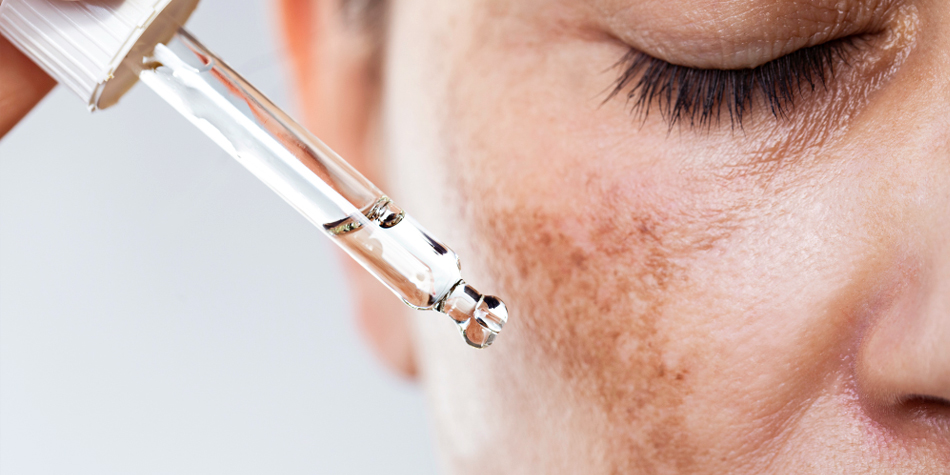Working Time
| Mon-Thu | 09:00 AM - 6:00 PM |
| Friday | 09:00 AM - 6:00 PM |
| Saturday | 09:00 AM - 2:00 PM |
| Sunday | Closed |
Request Form
Emergency Contact
Get Consultation
Pigmentation / Melasma

Understanding Pigmentation and Melasma
Pigmentation issues, including melasma, can affect the appearance and confidence of individuals. Understanding the causes, triggers, and available treatments for pigmentation disorders is crucial for effectively managing and minimizing their impact on the skin.
What is Pigmentation?
Pigmentation refers to the coloration of the skin, determined by the production of melanin—a pigment that gives skin its tone. Various factors, including genetics, sun exposure, hormonal changes, and skin injuries, can influence melanin production and distribution, leading to pigmentation irregularities.
Understanding Melasma
Melasma is a common pigmentation disorder characterized by dark, irregular patches on the skin, typically appearing on the face, particularly on the cheeks, forehead, nose, and upper lip. While melasma can affect individuals of all skin types, it is more prevalent in women, especially during pregnancy or with hormonal fluctuations.
Causes and Triggers of Melasma
The exact cause of melasma is not fully understood, but several factors contribute to its development, including:
- Hormonal Changes: Fluctuations in hormone levels, such as during pregnancy, menopause, or while taking oral contraceptives, can trigger melasma.
- Sun Exposure: Ultraviolet (UV) radiation from the sun stimulates the production of melanin, exacerbating existing melasma patches and increasing the risk of new pigmentation issues.
- Genetics: Family history and genetic predisposition may influence an individual's susceptibility to melasma.
- Cosmetic Products and Procedures: Certain skincare products, medications, and cosmetic procedures can exacerbate melasma if they irritate or sensitize the skin.
Treatment Options for Melasma and Pigmentation
While melasma may be challenging to treat, several treatment options can help manage and improve its appearance:
Topical Treatments:
Prescription-strength topical medications containing hydroquinone, tretinoin, corticosteroids, or kojic acid can help lighten melasma patches and inhibit melanin production.
Chemical Peels:
Chemical peels containing alpha hydroxy acids (AHAs), beta hydroxy acids (BHAs), or trichloroacetic acid (TCA) can exfoliate the skin, reducing the appearance of pigmentation irregularities.
Laser and Light Therapies:
Laser treatments, including fractional laser therapy and intense pulsed light (IPL) therapy, can target melanin-containing cells and break up pigmentation clusters, leading to a more even skin tone.
Microneedling:
Microneedling procedures involve the use of tiny needles to create controlled micro-injuries in the skin, promoting collagen production and helping to fade pigmentation.
Sun Protection and Skincare:
- Daily application of broad-spectrum sunscreen with a high SPF, along with protective clothing and accessories, is essential to prevent UV-induced pigmentation and protect against further darkening of melasma patches.
- Gentle skincare routines using non-irritating products can help maintain skin health and minimize inflammation, which can exacerbate pigmentation issues.
Consultation and Treatment Planning
If you're struggling with melasma or pigmentation concerns, consulting with a qualified dermatologist or skincare professional is the first step towards achieving clearer, more even-toned skin. At [Your Clinic/Center Name], we offer comprehensive evaluations and personalized treatment plans tailored to your unique skin needs and goals.
Contact us today to schedule a consultation and discover effective solutions for managing melasma and achieving radiant, healthy-looking skin.



